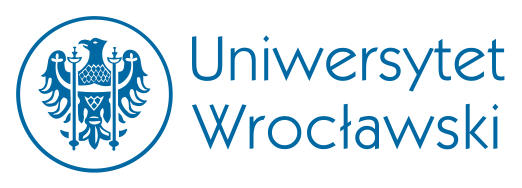Pracownia Polszczyzny Mówionej UWr i Pracownia Fonetyki UWr zapraszają na wykład
Gesture-speech relationship in people with vascular aphasia, który wygłosi Prof. Martin Janečka (Charles University in Prague)
Spotkanie odbędzie się zdalnie w czwartek o godz. 17:00 (MS Teams). Przekierowanie do spotkania w MS Teams: Link do spotkania
Abstract
In my investigation, I worked with 6 persons with diagnosed aphasia. I introduce some possible perspectives on the exploration of the extent of speech damage in persons with aphasia and the various ways in which they substitute for language deficiency with the aid of gestures.
From the viewpoint of data processing methods, on the one hand, I explore the parameters of spoken language, such as the quantity of words, and, on the other hand, the parameters of gestures, such as the quantity of gestures, diversity of gestures, etc. In aphasic persons speaking Czech, I verify the following assumption established by Jakob et al. (2011): the more speech-limited an aphasic person is, the more gestures he/she produces during the interpretation of a story.
Bio
Prof. Martin Janečka works at the Department of Czech, Faculty of Education, Charles University in Prague. To his research interests belong semiotics, morphology-syntax interface (particularly the category of case) and nonverbal communication with the focus on using gestures in people with diagnosed aphasia. He also focus on the possibility of using sign language in the process of aphasic person’s therapy.

